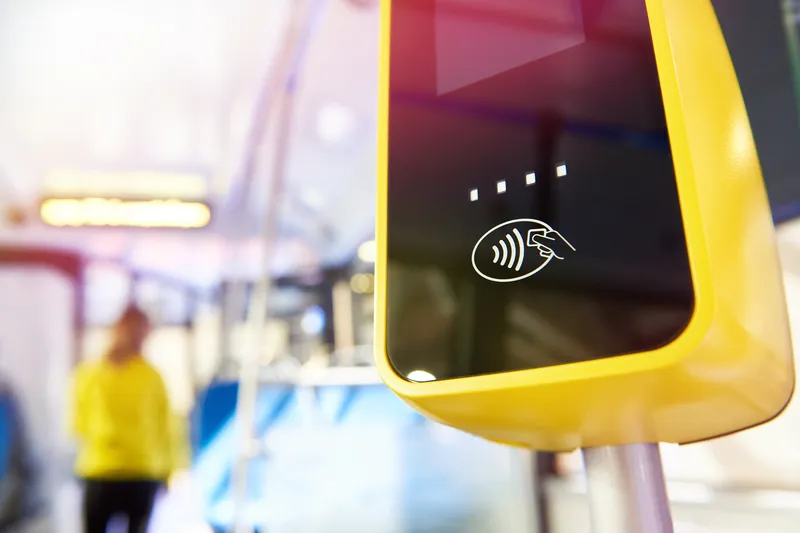Customers will be able to access real time transit information for CDTA fixed route services through the free CDTA iride mobile application for Apple and Android devices, through Google Maps’ mobile apps and maps.google.com, through the trip planner on its website or by speaking with a customer service representative at CDTA’s call centre. Customers will now see a gray clock icon near a route that indicates real time information is available.
Real time passenger information has been available to Bus Rapid Transit BusPlus customers since its inception in 2011. Customers can access real time information by downloading the free BusPlus application for devices operating on Apple and Android platforms. Customers can also access BusPlus real time passenger information through digital signage at stations, online, through text messaging, and via e-mail.
CDTA tracks its vehicles using GPS devices to report bus location data back to its servers. This information allows CDTA to estimate when the buses will arrive at a stop. If a bus goes off its regular route, the system may not be able to fully predict accurate arrival times.
“We are pleased to roll out the one thing our customers, partners and the community at large have consistently asked for,” said CDTA chairman of the Board David M. Stackrow. “Passengers will have a more convenient and reliable experience because they will be better able to track the services they are using and plan more effectively.”
Real time passenger information now available
New York State’s Capital District Transportation Authority (CDTA) Board of Directors is to roll out a real time passenger information (RTPI) pilot program for its fleet of fixed route buses, using automatic vehicle location (AVL) software to determine bus location and speed.
Customers will be able to access real time transit information for CDTA fixed route services through the free CDTA iride mobile application for Apple and Android devices, through Google Maps’ mobile apps and maps.google.com, through
December 1, 2014
Read time: 2 mins
New York State’s 5909 Capital District Transportation Authority (CDTA) Board of Directors is to roll out a real time passenger information (RTPI) pilot program for its fleet of fixed route buses, using automatic vehicle location (AVL) software to determine bus location and speed.








